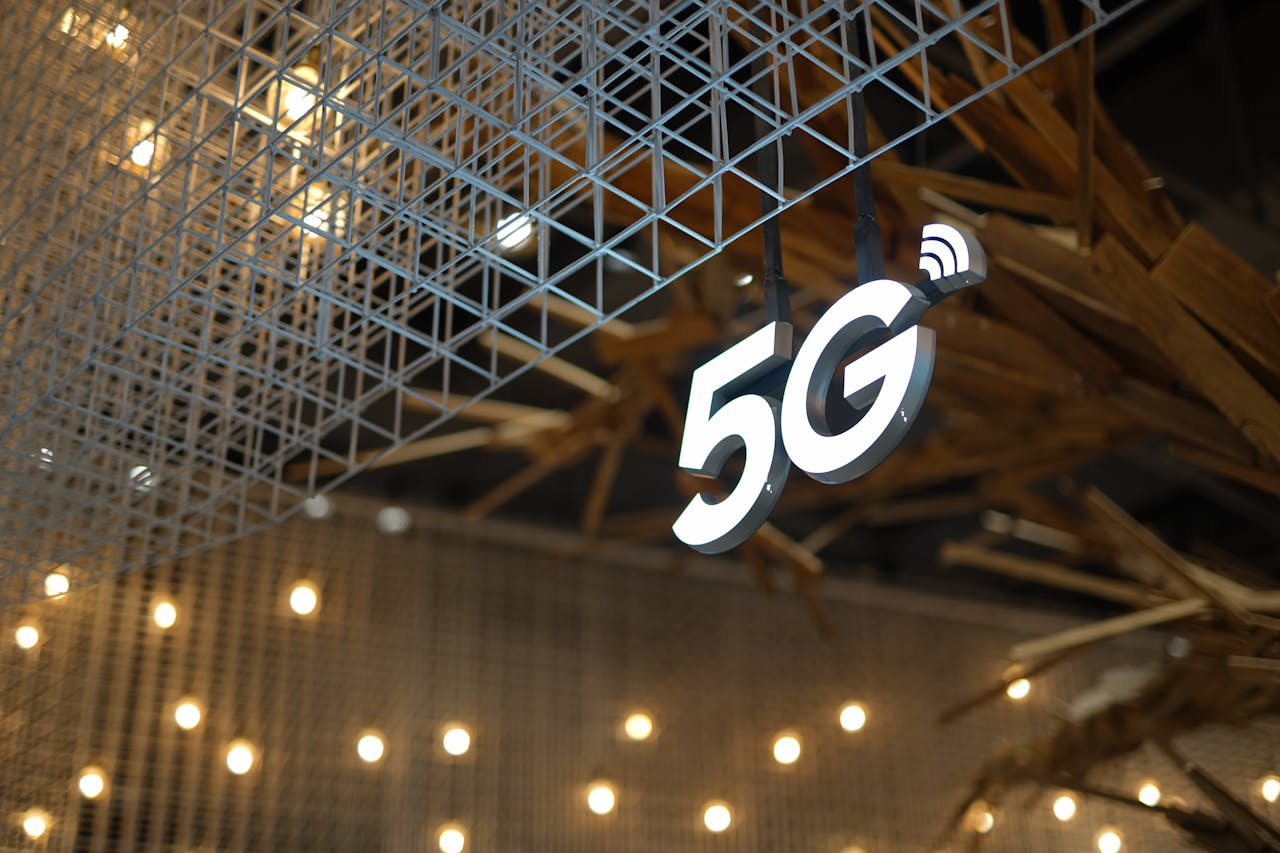From 4G to 5G
How Mobile Transport is Revolutionizing Industries
The shift from 4G to 5G represents a fundamental revolution in mobile connectivity, far beyond a simple speed boost. It's transforming how data is used across industries, unlocking new possibilities for automation, real-time communication, and massive connectivity.

4G vs. 5G: A Leap in Capabilities
While 4G laid the groundwork for mobile broadband, 5G addresses its limitations with:
- Higher Speeds: Up to 10 Gbps (compared to 4G's 100 Mbps-1 Gbps).
- Lower Latency: As low as 1 ms (vs. 4G's 20-30 ms), critical for real-time applications.
- Enhanced Reliability: Essential for mission-critical operations.
These advancements are powered by technologies like mmWave, Massive MIMO, and beamforming.
5G's Core Pillars:
- Enhanced Mobile Broadband (eMBB): Faster speeds for AR/VR, 4K/8K streaming, and cloud gaming.
- Ultra-Reliable Low-Latency Communications (URLLC): Connecting vast numbers of low-power IoT devices.
- Massive Machine Type Communications (mMTC): Essential for mission-critical operations.
Industry Transformation: Case Studies
The capabilities afforded by 5G mobile transport are catalyzing revolutionary changes within the Medical and Information Technology sectors.- 1. Healthcare: A Paradigm Shift Towards Connected Health Impact: 5G fundamentally reshapes healthcare delivery by enabling advanced remote surgical operations, enhancing connected emergency services, and supporting extensive wearable health IoT devices. Its ultra-low latency is paramount for real-time medical procedures. Example: China Mobile and Huawei demonstrated 5G's life-saving potential by conducting the world's first 5G-powered remote brain surgery over 3,000 kilometers, showcasing precise robotic control via URLLC.
- 2. Information Technology: Edge of Innovation Impact: 5G profoundly reconfigures the IT landscape by introducing new paradigms in data processing, cloud services, and network management. Enhanced Cloud Connectivity: Improves access to cloud-based applications and resources, augmenting IT infrastructure responsiveness. Network Management and Security: Necessitates advanced IT tools for orchestration and robust cybersecurity solutions for increased connected devices and edge nodes. Remote Work and Collaboration: Enables high-quality video conferencing and seamless file transfers for distributed workforces. Artificial Intelligence and Machine Learning: Facilitates rapid collection and transmission of vast datasets for training and deploying sophisticated AI/ML models.
Challenges and Opportunities
Despite its immense potential, the widespread adoption of 5G is accompanied by several significant challenges. These include the substantial investment required for infrastructure deployment, ensuring adequate spectrum availability, mitigating emerging cybersecurity vulnerabilities, establishing comprehensive regulatory frameworks, and addressing the imperative of digital inclusion to ensure equitable access.
Conclusion
5G transcends its designation as merely the next generation of mobile technology; it constitutes a fundamental force that is not only enhancing existing systems but actively reshaping entire industries. It is a catalyst for innovation, enabling advanced automation, and fostering a hyper-connected global environment that is poised for continuous evolution. The future is undeniably influenced and empowered by 5G.
